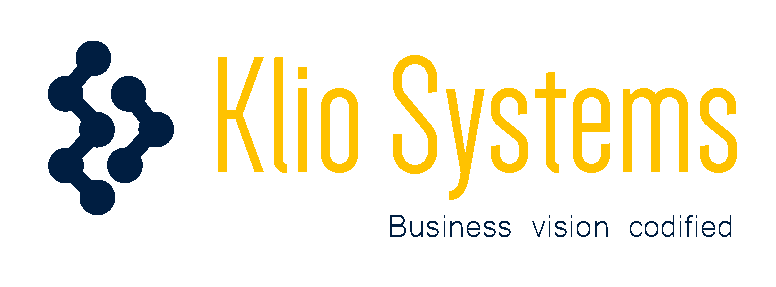This is a four part article series where I will examine some of the advantages of hosting Sage 300 in the cloud. In the first article, I will review hosting options . In the second article, I will explain advantages of cloud hosting. In the third article, I will go through a example of a hypothetical company’s migration path to the cloud. In the fourth article, I will examine Sage 300 hosting is right for your company.
I hope you have gone through our first article about hosting options available for Sage 300. in this article, we will review the option to host Sage 300 in a public cloud. This option has some distinct advantages that the other two options do not have. I have tried to make this article as non-technical as I can. Below are some of the advantages that we will examine today:
- Converting your capital costs to operational costs.
- Expand or contract hosting infrastructure capacity.
- Access your Sage 300 environment from outside your local network.
- Gain geo-redundancy that is resilient to large disasters.
- Achieve predictable disaster recovery.
A word of caution before we review these advantages in detail. Some of these key advantages are only available when hosting sage 300 in a public cloud environment. Let’s review these advantages further.
Converting capital costs to operational costs
Most private and public cloud hosting providers are renting the infrastructure to you. You do not own the infrastructure. You can either bring your own licenses or rent the licenses as well. Typically, companies would buy this infrastructure. The process would involve elaborate capacity planning and estimation, purchase, install and configuration of hardware, maintenance costs including conditioned power, facilities, security, fire and other disaster mitigation systems and alot more.
I am sure you can see where I am going with this. If your estimates are wrong, you can end up with infrastructure that is underutilized or falls short. Thankfully, that is not the case with private or public cloud hosting options. You are renting the infrastructure so you do not make an upfront investment in your infrastructure. You simply rent it.
Expand or contract hosting infrastructure capacity
The complexity of estimating long term infrastructure requirements for hosting systems on premise leads to fixed capacity. If estimating what you will need in the long run is not a challenge for your company, this may not be an advantage. Both private and public cloud environments allow for certain level of capacity expansion or contraction.
In a private cloud environment, your vendor may work with you to resell excess capacity back to them.
In the public cloud environment, you have many options to resell reservations or keep your contractual commitments to shorter durations. If you just do not know how much infrstructure you will need, you can stay on a as consumed model and pay for what you have consumed on a monthly basis.
Access your Sage 300 environment from outside your local network
Accessing your sage 300 environment from outside your local network can be done in a few different ways. You can either configure your internal hosting environment to allow users outside of your network to come in. There are a few options to do so. You can allow them to login via VPN. Use remote desktop or citrix etc. However, all of these options rely on internal experties, fixed infrastructure that is shared for other purpose (read email, telephony, point of sale systems, etc).
Hosting Sage 300 in cloud can provide distinct advantages in this respect. You can configure your environment so your web screens are publicly visible or limited to certain subnets. You can allow users from your company to see the server and there by login to the server to use the desktop version. Hosting in the cloud can allow satellite offices to connect to the environment which traditionally would require much more infrastructure investment and maintenance as compared to on-premise hosting.
Gain geo-redundancy that is resilient to large disasters
A lot of private cloud service providers and all public cloud service providers have multiple data centers located in different geographic locations. You can review individual provider abilities to confirm geo-redundancy while reviwing private cloud vendors. All public cloud vendors provide ability to take backups and store them in different geographic data centers thereby allowing you to restore your environment to avert disaster related outages.
If your company is located in a geographic area that is prone to natural disasters, this capability can be a life saver. The ability to restore your Sage 300 environment in a different zone or data center may mean the difference between surviving or failing due to a natural disaster.
Achieve predictable disaster recovery
One of the key challeges with disaster recovery is recovery time. Each company has a different recovery time and recovery point sensitivity. In plain english, it means, how much data can you lose (recovery point) and how long will restoring your systems take (recovery time). All public cloud vendors provide various levels of recovery capabilities. The ability to know how quickly you can be back up and running and how much data you may lose is critically important part of disaster recovery.
Thanks for reading along so far, I hope you can now distinguish between the hosting options available and the advantage that public cloud hosting has over the other options. In our next article, we will review how to host Sage 300 in all leading public cloud environments. If you have any questions about what you have. read so far, do not hesitate to contact us.
Klio Systems, Inc. is a technology company focused on software engineering, digital presence, managed IT services,security practices, erp consulting company.

